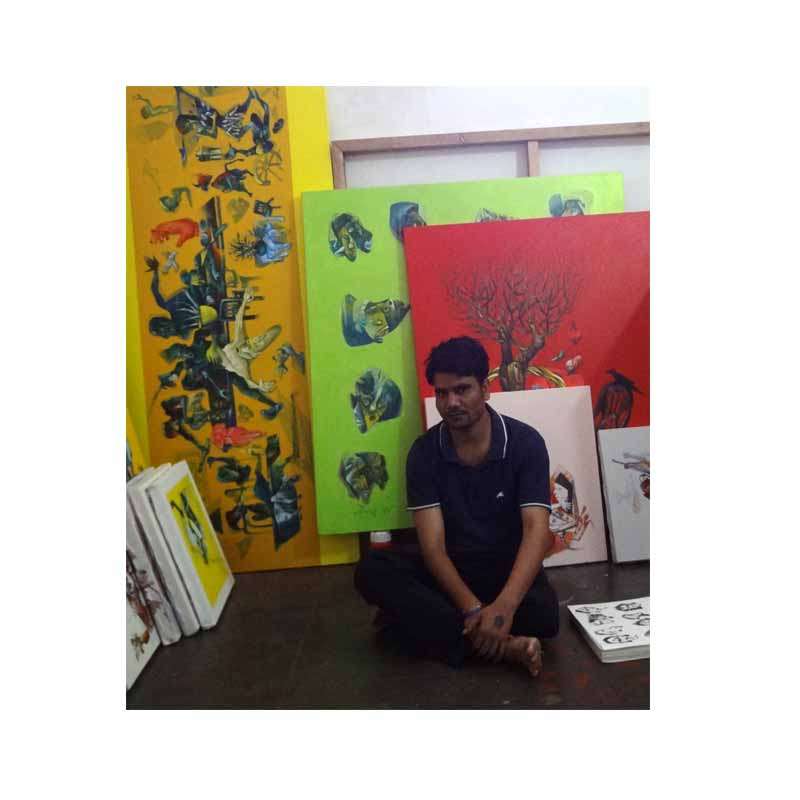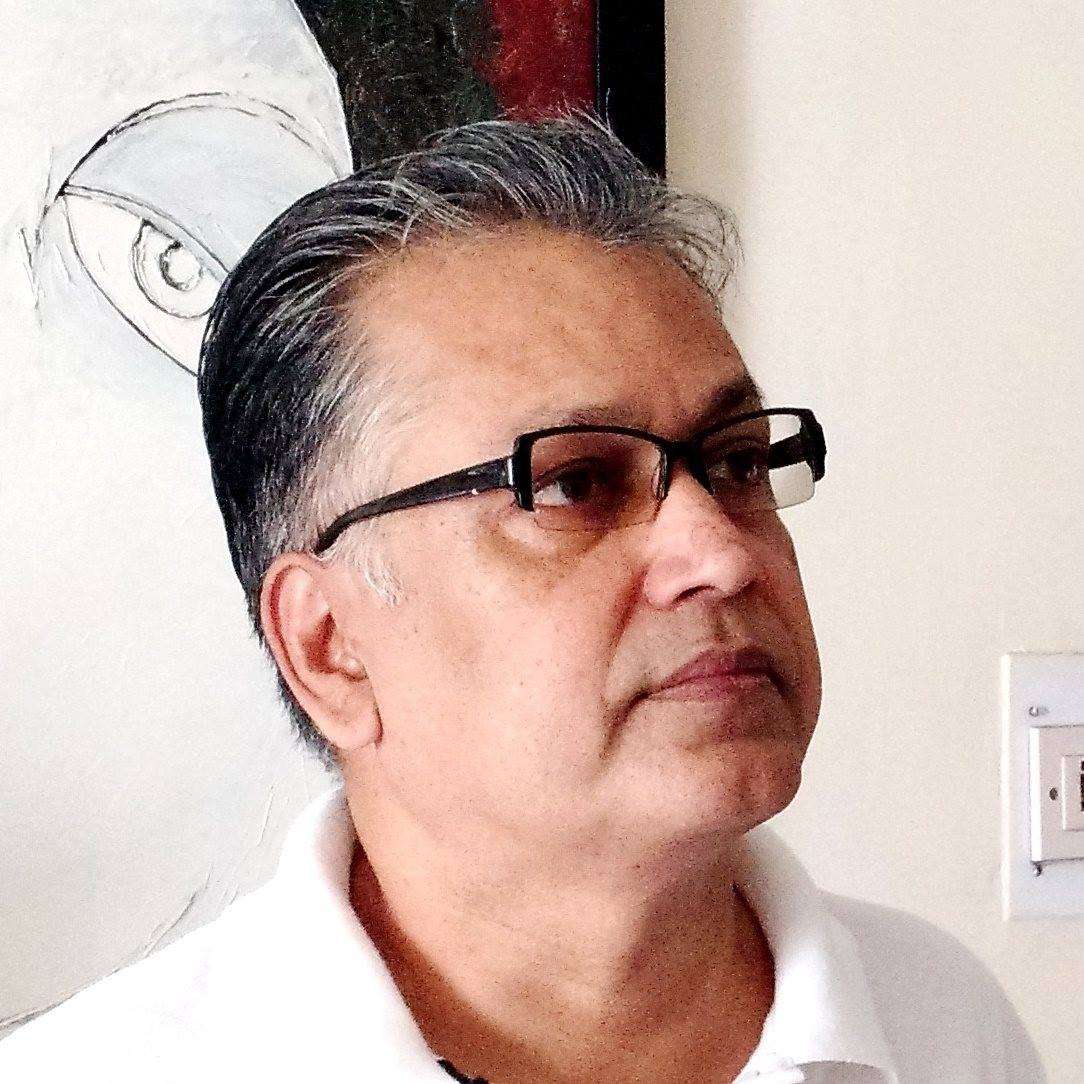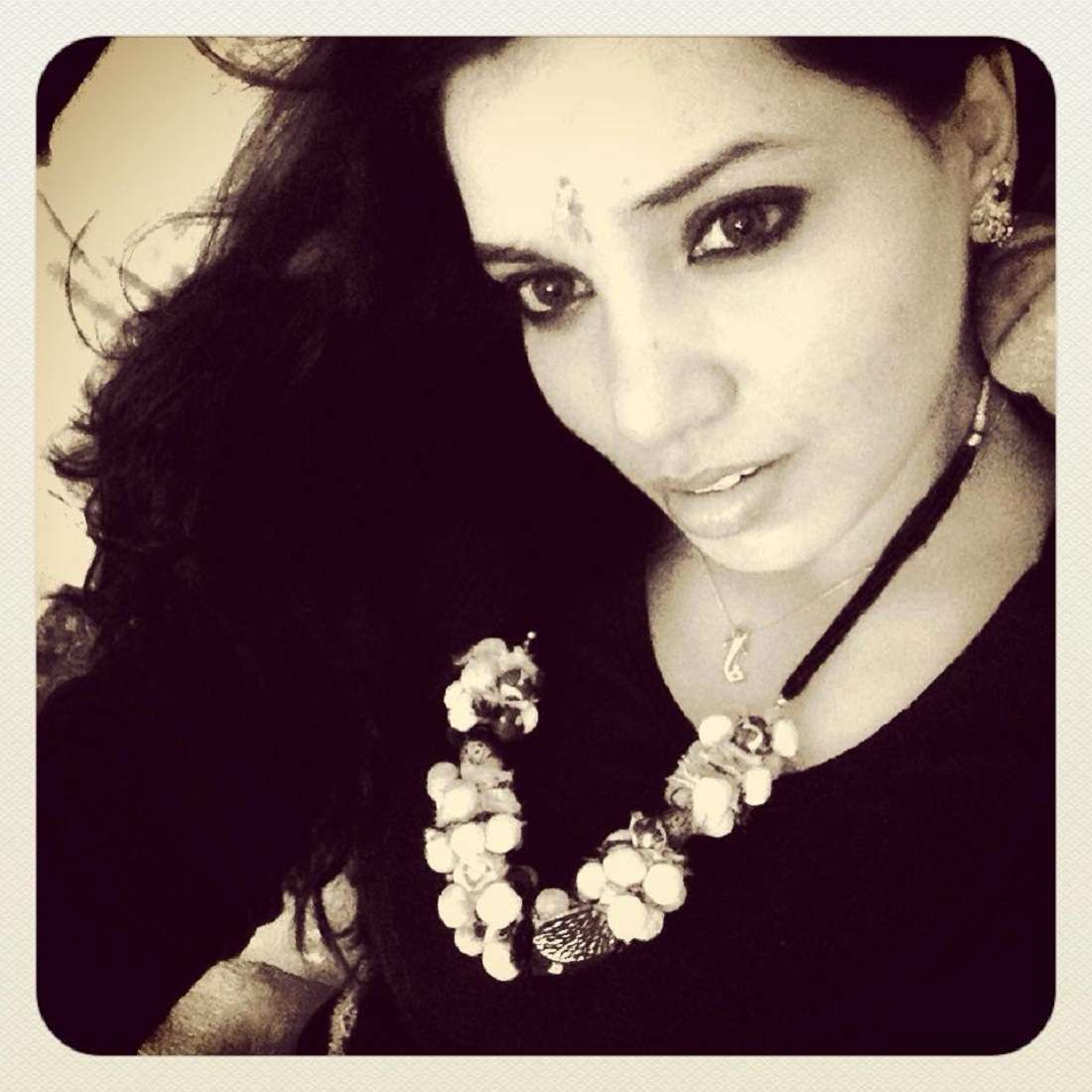
India has a great heritage of paintings coming from ancient times. These paintings are made on the walls and ceilings of temples and sacred caves. They are vivid pages of the history of Indian art which bring live 2,000 years of India’s glorious past. Through this blog, we aim to acquaint our readers with the rich past of Indian art.
The Alluring Paintings of Ajanta and Ellora
With vibrant colors and exquisite details, the paintings of Ajanta recreate the splendor of ancient civilization of our country. We see here the palaces of times gone by. These paintings depict the rich textiles for which India was renowned over the world. These 5th-century paintings reveal the fulsome development of traditions which survived till today such as the Ikat form of woven textiles and block printing. The finest translucent silken garments adorn the figures that are depicted in these Indian art paintings. These ancient paintings present a world of men and women, kings and commoners, city and village folk. We see in these ancient paintings the deep roots of our culture. These paintings fill us with a sense of happiness and pride in our culture which is one of the oldest continuing in the world.
The Magic of Majestic Mural Paintings
India has a vast heritage of mural paintings from a practically ever century of past two millennia. These are some of the finest paintings of the ancient period of the entire world and they survived deep in temples and caves scattered all over the country. They are sometimes in the most unexpected places and often we walk past them without knowing that fine paintings are hidden away very close to us.
In the outer ambulatory wall of the 7th century, Kailash Nath temple in Kanchipuram is some of the oldest surviving Shiva paintings. Such paintings would have once covered the walls, and sculptures of many magnificent temples of the ancient period. The 9th-century murals at the ceiling of the cave at Sittanavasal are the earliest surviving paintings of the Jain faith. These paintings continue both the technical finesse and the joyful exuberance, which is seen in the great paintings Ajanta. The 9th-century paintings at Ellora continue the legacy of Jain paintings. The 10th-century paintings in the inner ambulatory of the Brihadeeswarar Temple at Thanjavur bring alive the imperial grandeur of the great Chola Empire. These paintings were hidden under a layer of plaster and 17th-century paintings. In recent times, the Archaeological Survey of India has removed and preserved the upper layer of paintings to reveal the glorious Chola paintings beneath.
The 11th-century murals painted in monasteries made of mud across the icy Trans-Himalayas present a fascinating crucible of cultures. In Ladakh, in a ceiling painting, one can see a depiction of Kalaripayattu from the land of Kerala. There are depictions of the three-story temple structure of Kashmir. These details are very valuable to us today as the original structures have been destroyed over the passage of time. There are paintings that illustrate horsemen who would have ridden across the high passes a thousand years ago. The ancient Indian art paintings are a living proof of the marvelous cosmopolitan culture that existed in Kashmir and Ladakh. People from diverse cultures rubbed shoulders with each other in these ancient meeting places on the trade routes.
The 16th-century paintings on the ceiling of the Lepakshi temple open a page of the enthralling history of Vijay Nagar Empire. The rich beauty of the textiles reflects the prosperous and the cosmopolitan life of this great medieval kingdom. While the paintings of Lepakshi were made in the Vijay Nagar Empire, murals were also being painted at Fatehpur Sikri, the capital of Akbar, the great Mughal ruler.
The late medieval period witnessed a vast range of mural paintings which were made from Orissa in the east to Kerala in the south to Rajasthan in the west and the trans-Himalayan regions in the north. While these grand murals were being painted on the walls of palaces and temples, explicit miniatures were being made on palm leaves and later on paper.
Significance of Traditional Paintings
Fortunately, the large number of manuscripts and folios has survived till today. It is beyond doubt that these traditional paintings have brought alive the culture of their times. These Indian art paintings are, in fact, a major source of our knowledge of the details of politics, lifestyles and religious and social customs of bygone eras. They are the connecting link between the past and present, a link that needs to be preserved for the future.





















